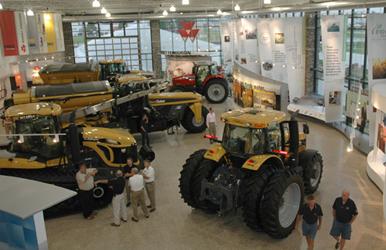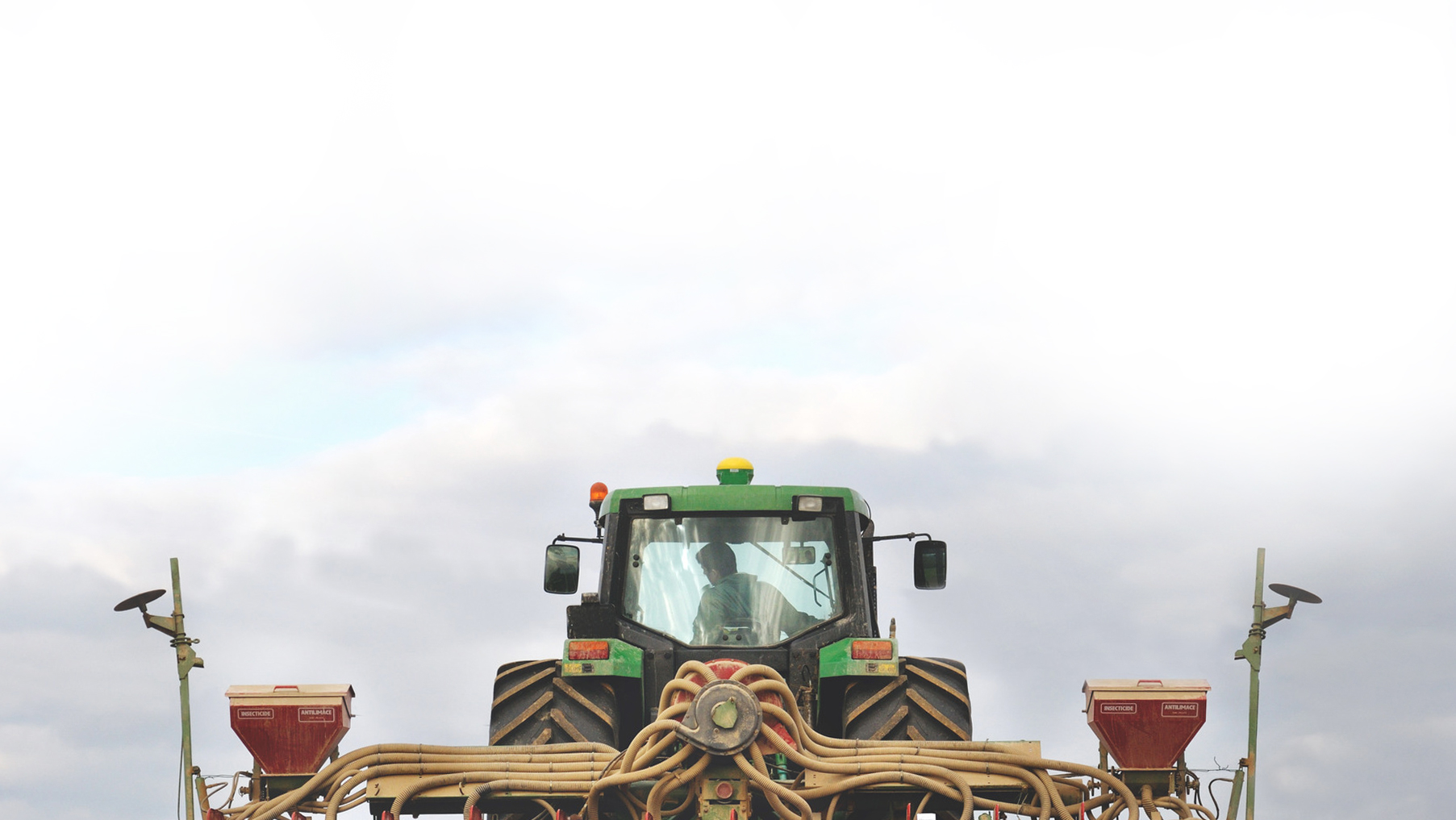Buying Checklist for All Forms of Ag Equipment
In another article about What you need to know before Buying New or Used Equipment and whether to buy in cash or finance it, I covered some of the decision steps a farmer should go through when selecting equipment. Even more important though after you decide exactly what you need in your equipment, is finding that good piece of used equipment. This article applies to used equipment and not new equipment. New equipment is going to come with a maintenance package and be completely fresh and ready to go, so there is no point inspecting all of the systems for wear and tear.
If you have been farming long enough you have a good idea of what tends to break on farm equipment. Still, like a captain taking off with a jet, the best method of inspecting any farm equipment is to use a checklist to make sure you cover all of your bases before the truck pulls it off the lot and the problems become your own.
Fortunately, even when buying a used tractor if the basic components including the engine block the transmission and hydraulic systems fail the minute you start it up you do not have to take the tractor usually. What we need to find though, are the problems that will bite you not immediately, but perhaps a week a month or even a year down the road.
Confirming that a tractor is in good shape is all about checking the basics.
Check the Engine both Visually and Operationally
If there is oil blowing out or unburned fuel coming out of the exhaust, then the engine is going to need a rebuild. Pass on a tractor where the engine needs a rebuild. The engine needs to run dry, start quickly, and not sound like the rhythm section of a hip-hop band.
Inspect the Transmission and Gears
Run the tractor through all of the gears including forward and reverse ones, and then press the brakes. The brakes will tell you if the differential locks are functioning. If you have issues switching the gears and going into reverse, then you have a transmission job or a transmission replacement in the future. Run from this tractor. Transmission replacement costs are as expensive, if not more expensive sometimes, than engine rebuilds.
Check the Hydraulic Components and the Hydraulic Lifts
Ideally you want to check the lift with loads on it or you can possibly lift the tractor up with the front end loader. Some inspections will not allow this because it could burst any weak hydraulic linkages. You are looking for any leaks or lack of full hydraulic force throughout the motion of the lifts. Though hydraulic leaks are not a particularly expensive repair, you do want to be aware of them because you will have to rebuild or repack the cylinders or the hoses that are leaking. You want to eliminate any problems that may be coming from the hydraulic pump by checking the remote hose spools with the engine going. The engine should lug down in response to being activated with hose spools. That will tell you that your pump is functioning. Your pump should be operating in the range of 2250 psi. Anything below that pressure and you are losing capacity on your hydraulic lifts and components.
Operate and Inspect the PTO
The PTO will run off the primary hydraulic system but does often require an independent clutch. This is why you need to test the PTO ideally through another hydraulic component that will confirm the full horsepower of the PTO. If the PTO is not functioning correctly and you can determine that the clutch is out, factor in approximately $1000-$2000 for parts and labor to replace the PTO clutch.
Beyond these key points, you want to find out as much about the tractor or equipment’s use as possible including maintenance records. If there are no maintenance records or if the maintenance has been spotty at best, then you can be sure you are going to have issues in short order.
Some of the trends that you will see in equipment on the market:
The newer and high dollar tractors and combines with high horsepower and a lot of hours on them lose their value almost completely if they have major components that need to be repaired or replaced. It could easily cost $10-$15,000 simply to replace all of the tires on some of the bigger equipment. Add in another $20,000 for an engine rebuild and the newer but high hour equipment is not such a bargain.
The 25 to 75 hp range of tractors will tend to maintain their value well in most markets. The reason for this is that these tractors can be overhauled relatively inexpensively.
The tractors that are in the range of 80 to 150 hp will also hold their value relatively well because the new tractors in this size range are so expensive.
Using this checklist and confirming the operation of your ag equipment by careful examination will pay benefits for the many years of trouble free service.



